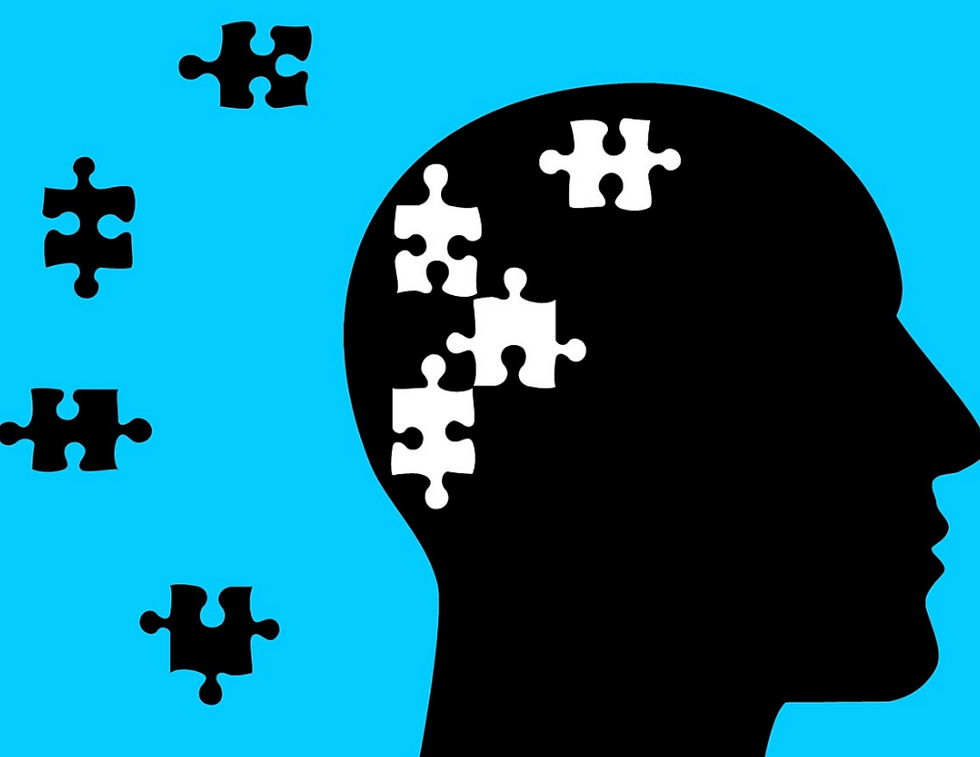A BRIEF INTRODUCTION TO THE NEUROPHYSIOLOGY OF KETAMINE
- Karli King
- May 27, 2024
- 1 min read
Updated: Jul 7, 2024
By Dr. Tim Frank
(1) Science 20 Aug 2010:
Vol. 329, Issue 5994, pp. 959-964
(2) When the Mind Wanders, Happiness Also Strays, By John Tierny, 11/15/2010; New York Times

We recommend all of our clients visit and read the following document for more information on how ketamine-assisted psychotherapy works and how it can help.
Introduction:
When ketamine was first discovered to have antidepressant properties it was generally felt that the primary site of activity were receptors in the brain called NMDA receptors. These receptors are rather complicated affairs, and are part of the GABA system in the brain. While the activity caused by activating these receptors was not fully elucidated, the fact that they’re part of the GABA system was encouraging. All current antidepressants work through the monoamine system. The neurotransmitters serotonin, dopamine, and norepinephrine are all monoamines and they are the molecules that permit messages to flow through neurons in the monoamine neural networks. Because ketamine works through an entirely different system there are no interactions between ketamine and the monoamine’s, (Prozac, Zoloft, Lexapro, even the old tricyclics and the MAOIs are part of this system). This means that a client does not have to stop taking their current antidepressants to start therapy with ketamine. I have even used low dose ketamine as an adjunct to conventional antidepressants to enhance their activity.
Click the link to learn more: https://psychedelicstoday.com/2018/09/08/rapid-depression-remission-therapeutic-bends-ketamine-assisted-psychotherapy/






Comments